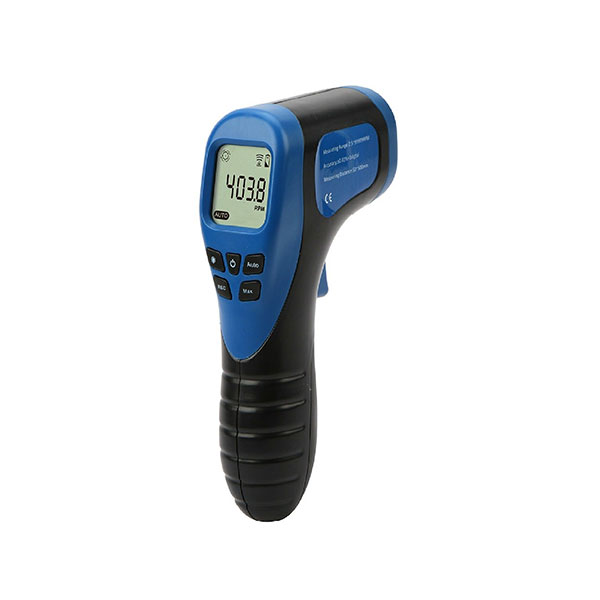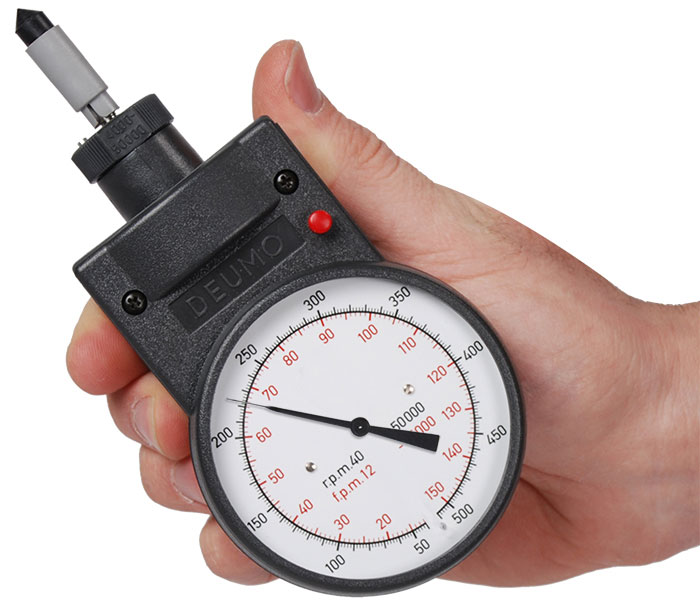The Value of a Tachometer in Keeping Track Of Engine Speed and Efficiency in Automotive Applications
In the realm of vehicle design, the tachometer stands as an essential instrument in the chauffeur's arsenal, giving a direct home window into the internal operations of a car's engine. Past its function as a plain scale of transformations per min (RPM), the tachometer functions as an essential device for enthusiasts and experts alike, supplying real-time insights right into engine performance and health. Recognizing the importance of this gadget exceeds surface-level monitorings, diving right into the detailed partnership between engine rate, power outcome, and general driving experience. As we discover the diverse function of the tachometer in vehicle applications, a much deeper recognition for its effect on automobile dynamics and efficiency begins to arise.
Importance of Checking Engine RPM
Keeping track of engine RPM, or transformations per min, is a crucial aspect of auto maintenance and efficiency analysis. Engine RPM straight correlates with the speed at which the engine's crankshaft rotates, indicating how promptly the engine is running - tachometer. By monitoring RPM, mechanics can assess the health of the engine, identify possible issues, and fine-tune efficiency. An abnormal RPM reading might signify troubles such as engine misfires, defective spark plugs, or issues with the fuel shipment system. Constantly high RPM readings might indicate hostile driving behaviors or the need for a higher gear shift to enhance gas effectiveness.
Additionally, keeping track of engine RPM is important for efficiency analysis in racing and high-performance vehicles. Keeping optimal RPM levels is vital for achieving peak power output and acceleration. Racers often make use of tachometers to ensure they are running within the suitable RPM array for maximum efficiency. In summary, checking engine RPM is not just important for detecting problems yet additionally for optimizing engine performance in numerous vehicle applications.

Benefits of Real-Time Information
In automotive applications, real-time data plays a crucial role in supplying immediate understandings into the performance and problem of the car. By continuously keeping track of various parameters such as engine speed, temperature, fuel consumption, and a lot more, real-time information offers many advantages that add to enhanced performance and safety and security on the roadway.
Furthermore, real-time information helps with performance optimization by offering instant comments on driving behaviors and engine effectiveness. Vehicle drivers can adjust their habits in real-time based on this details to achieve better gas economic situation and extend the lifespan of their automobile.

In addition, real-time information plays a vital role in modern Read Full Article auto diagnostics, making it possible for specialists to swiftly diagnose and deal with breakdowns. This results in reduced downtime, reduced maintenance expenses, and inevitably, boosted total car reliability and long life (tachometer). By harnessing the power of real-time information, auto stakeholders can make educated decisions go to website that positively influence both the efficiency and long life of the automobile
Influence on Equipment Shifts
The tachometer plays an important role in enhancing equipment shifts by giving real-time engine rate data to the vehicle driver. When coming close to the redline on the tachometer, it signals the vehicle driver to upshift to prevent over-revving the engine and causing potential damages.
In addition, the tachometer help in attaining smoother equipment changes, especially in hand-operated transmissions. By checking engine speed, vehicle drivers can carry out gear shifts at the optimum RPM range, decreasing snagging motions and lessening endure the transmission elements. This accuracy in gear changes not only boosts driving convenience yet also adds to fuel performance.
Enhancing Gas Efficiency
Provided the crucial role the tachometer plays in enhancing equipment changes for efficiency and engine wellness, it straight adds to optimizing gas effectiveness in vehicle applications. By offering real-time comments on engine rate, the tachometer helps chauffeurs in preserving one of the most effective RPM range for fuel economic situation. When drivers continually keep an eye on the tachometer and change their driving routines accordingly, they can stay clear of unneeded fuel intake triggered by over-revving or lugging the engine.
Additionally, the tachometer helps vehicle drivers identify the most fuel-efficient gear to be in at any type of provided moment, stopping the engine from functioning more challenging than needed. In conclusion, the tachometer serves as a useful device in enhancing gas performance by promoting ideal driving behaviors and recognizing areas for enhancement in the lorry's efficiency.

Optimizing Engine Durability
The tachometer's function in monitoring engine rate and performance is crucial in making certain the long life of automobile engines. By making use of the tachometer effectively, motorists can maximize engine long life via conscious RPM management. Regularly revving an engine expensive can result in excessive wear and tear on crucial parts, such as the pistons, shutoffs, and bearings. With time, this can lead to lowered engine efficiency and prospective malfunctions. Keeping an eye on the great site tachometer permits vehicle drivers to remain within the suggested RPM array for their car, preventing unnecessary pressure on the engine and extending its life expectancy.

Conclusion
Finally, the tachometer plays a critical duty in checking engine speed and performance in automotive applications. By giving real-time data on RPM, it permits efficient gear shifts, enhanced fuel efficiency, and made best use of engine long life. This tool is vital for preserving optimum engine efficiency and making sure the general capability of an automobile.